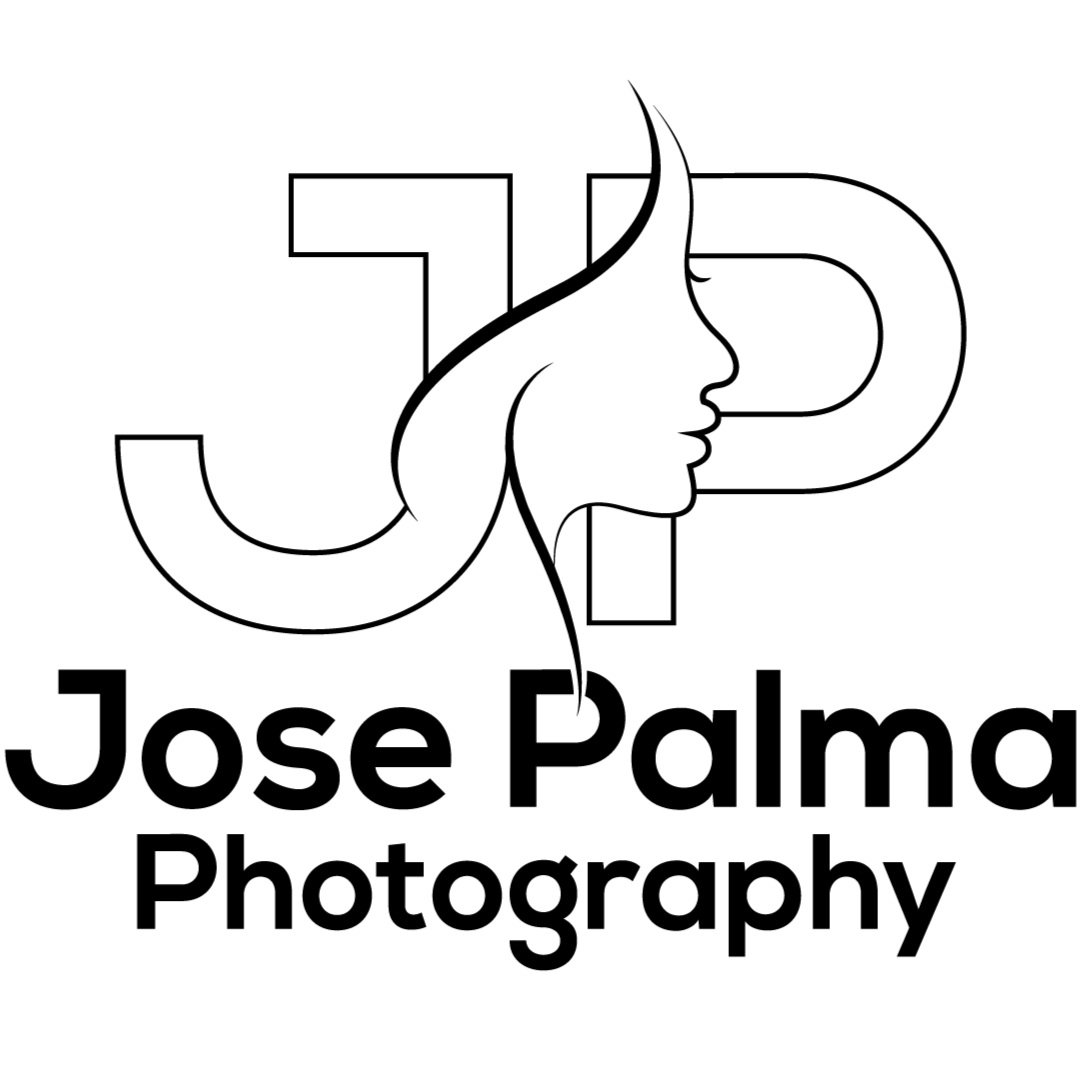8x10 of the day. Portrait lighting
In the realm of portrait photography, lighting stands as the fundamental element that can make or break an image. The skillful manipulation of light has the power to accentuate features, evoke emotions, and sculpt the subject's face, ultimately transforming a simple photograph into a captivating work of art. In this blog entry, we delve into the importance of portrait lighting, explore different lighting techniques, and highlight how it can elevate the overall quality of portraits.
The Impact of Lighting on Portraits: Lighting is the cornerstone of any portrait, as it determines the mood, atmosphere, and visual impact of the image. By thoughtfully selecting and manipulating light sources, photographers can control the shadows, highlights, and overall tonal range, effectively shaping the subject's face and emphasizing desired features. Proper lighting techniques not only enhance the model's physical appearance but also convey a specific narrative, evoke emotions, and create a sense of depth and dimension within the photograph.
Understanding Key Lighting Techniques:
Natural Light: Utilizing natural light for portraits offers a soft, organic aesthetic. Photographers can take advantage of different times of the day, such as golden hour (shortly after sunrise or before sunset), to capture warm, flattering light. Window light can also create beautiful, diffused illumination, ideal for indoor portraits. Positioning the subject strategically in relation to the light source can create highlights, shadows, and a natural glow, resulting in a timeless and ethereal feel.
Studio Lighting: Studio lighting provides photographers with complete control over the lighting environment. By using artificial light sources, such as strobes or continuous lights, photographers can manipulate the direction, intensity, and quality of light. Techniques like three-point lighting (key light, fill light, and hair light) allow for precise control over the subject's contours and highlights, resulting in a polished and professional look. Studio lighting is versatile and adaptable, making it suitable for various portrait styles, from commercial fashion to artistic portraiture.
Rembrandt Lighting: Named after the famous Dutch painter, Rembrandt lighting is characterized by a small triangle of light that forms under the subject's eye on the shadowed side of their face. This lighting technique creates a sense of depth and drama, often associated with classic portraiture. Achieving Rembrandt lighting requires positioning the key light at a specific angle relative to the subject, casting a shadow that partially covers one side of the face. It can evoke a sense of mystery, intensity, and timeless elegance in portraits.
High Key and Low Key Lighting: High key lighting involves evenly illuminating the subject, often resulting in a bright and airy aesthetic. It minimizes shadows and produces a clean, minimalistic look, ideal for conveying a sense of innocence, purity, or joy. On the other hand, low key lighting employs dramatic shadows and limited illumination, resulting in a moody, mysterious, or sensual atmosphere. It emphasizes contours, textures, and shapes, allowing for a more artistic and evocative portrayal.
Conclusion: Portrait lighting serves as the paintbrush of a photographer, allowing them to shape and mold the visual narrative within an image. Whether utilizing natural light or artificial sources, mastering the art of portrait lighting is crucial for creating stunning, impactful portraits. Understanding various techniques, such as natural light, studio lighting, Rembrandt lighting, and high key or low key lighting, empowers photographers to evoke specific emotions, highlight features, and bring out the unique beauty and personality of the subject. By harnessing the power of light, photographers can create portraits that not only capture a moment in time but also ignite the imagination and leave a lasting impression on viewers.

